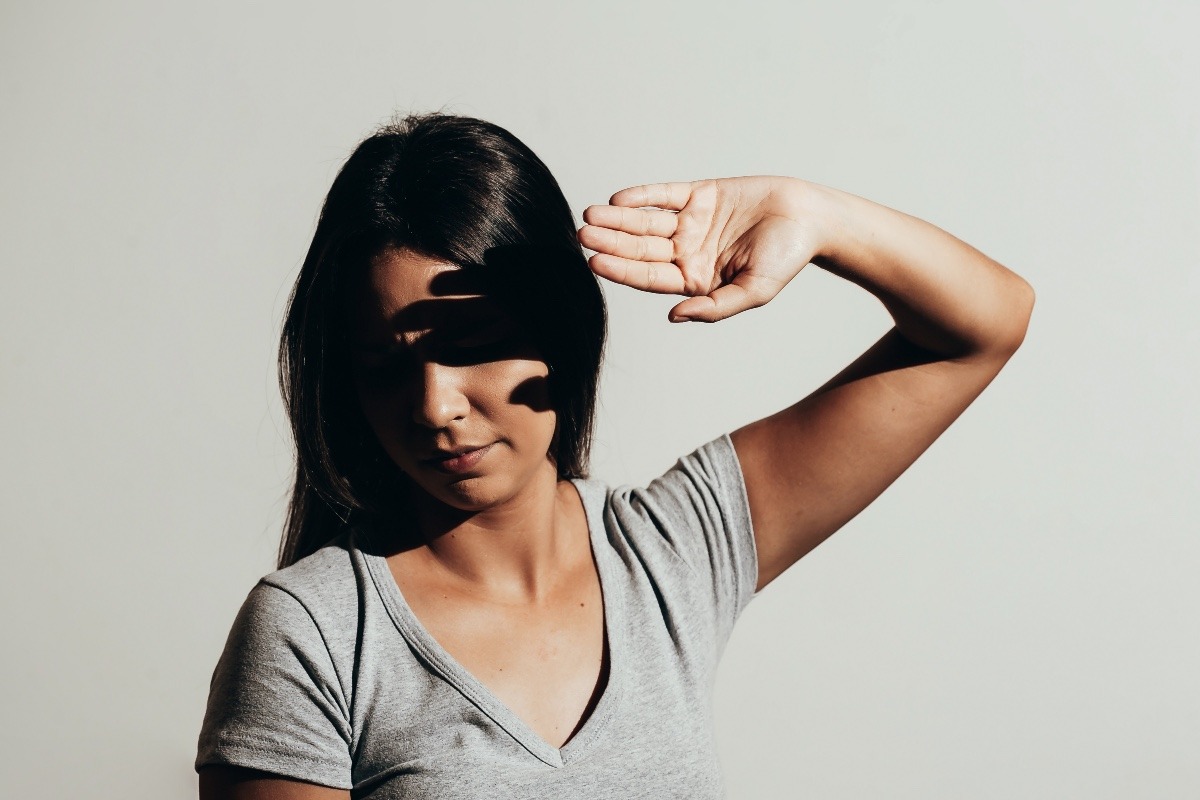
Photophobia: definition, symptoms, causes, treatment
The term “photophobia” derives from the Greek language, in particular it is a name composed of “photo”, which means “light” and “phobia”, that is “fear”, “aversion”
The name photophobia indicates the “fear of light”
It is a symptom that affects vision and manifests itself as a hypersensitivity or intolerance to light.
It is a discomfort that brings with it discomfort and eye pain, especially following exposure to a light source (natural or artificial).
It can manifest itself in various pathologies such as headache, keratitis, conjunctivitis, measles and meningitis.
However, in most people, it is nothing more than an intolerance to light, which only indicates an increased sensitivity of the eye, without an underlying disease.
For example, it can occur frequently in people with light eyes.
Symptoms of photophobia
The symptoms that can suggest a photosensitivity are different and obviously depend on the cause that triggers them.
Light intolerance can be associated with various manifestations, such as moderate or severe eye pain, foreign body sensation, eye burning or redness, excessive tearing and difficulty opening the eyes.
The discomfort can already occur with a normal intensity or light source, but obviously the symptoms worsen, increasing the pain, in the presence of a stronger light source, such as a camera flash or direct sunlight .
The causes
Hypersensitivity, as mentioned above, is a symptom of pathologies that cause infection, inflammation, damage to eye structures.
The most frequent causes include: cataracts, conjunctivitis, corneal abrasion, retinal detachment, keratitis, optic neuritis and glaucoma.
This annoyance can also be a consequence of dry eye syndrome, keratoconus, coloboma, sty, uveitis and ocular trauma.
Irritations from contact lenses or refractive surgery can also cause photophobia and thus develop a hypersensitivity to light.
It can be the undesirable effect of some drugs, such as scopolamine, atropine, furosemide, quinine, tetracycline and doxycycline.
Other causes of photophobia
There are other causes related to photophobia, such as pathologies that do not affect the eyes.
Hypersensitivity to light and noise are, for example, typical symptoms of migraines.
Feverish states, trigeminal neuralgia and meningitis also cause intolerance to light.
Below we indicate the other factors that can determine photophobia:
- influence
- infectious mononucleosis
- respiratory allergies
- cluster headache
- rosacea
- systemic lupus erythematosus
- anger
- botulism
- encephalitis
- subarachnoid hemorrhage
- brain tumors
Alcohol abuse, lack of magnesium or vitamin B2 are other causes that can generate excessive sensitivity to light.
As well as mercury poisoning, prolonged use or withdrawal of benzodiazepines, use of cocaine and amphetamines or chemotherapy.
What are the remedies against photophobia?
To reduce the annoyances related to photophobia, direct sunlight can be limited, using glasses with dark lenses and the lighting of certain environments, such as that at home or in the workplace, can be reduced.
Obviously, if the factor that triggered the disorder is a disease, then in this case it will be necessary to contact your doctor to identify the right treatment to follow in order to heal.
When to consult a doctor in case of photophobia?
Even if there is no underlying disease, it is advisable to consult a doctor when photophobia is particularly pronounced (for example if it requires wearing sunglasses indoors) or if it is painful.
And again if it is associated with headaches, red eyes or blurred vision and if it has lasted for more than a couple of days.
The diagnosis will be clinical-anamnestic.
It is essential for the specialist to understand the symptom in its peculiarities and to place it in the context of a possible disease, if present.
The patient will therefore undergo more specific eye tests and, if necessary, the intervention of other medical specialists will be required for a complete and integral evaluation.
To carry out the second level clinical examinations, various instruments can be used such as optical coherence tomography (OCT), fundus oculi examination, cerebral CT or magnetic resonance, electrofunctional tests, standard blood chemistry and ocular ultrasound.
Read Also
Emergency Live Even More…Live: Download The New Free App Of Your Newspaper For IOS And Android
Migraine: Definition, Symptoms, Types And Treatment
Cluster Headache: Symptoms And Treatment
Tension Headache: Symptoms, Characteristics And Treatment
What A Headache! Will It Be A Cephalea Or A Migraine?
Rebound Headache, The Headache Linked To Drug Abuse
Migraine And Tension-Type Headache: How To Distinguish Between Them?
Headaches And Dizziness: It Could Be Vestibular Migraine
Monoclonal Antibodies And Botulinum Toxin: New Treatments For Migraines
Migraine With Brainstem Aura (Basilar Migraine)
Migraine And Tension-Type Headache: How To Distinguish Between Them?
Paroxysmal Positional Vertigo (BPPV), What Is It?
Headaches And Dizziness: It Could Be Vestibular Migraine
Waking Up Headaches: What Are The Causes And What To Do
Tension Headache: What Is It, What Are The Causes And What Are The Treatments?
Muscle Tension Headache: Help From Cryotherapy
Headache During Plane Landing: Why Does It Happen?
Cluster Headache: How To Recognise And Manage It?
Headache: What It Is, Symptoms And Treatment


